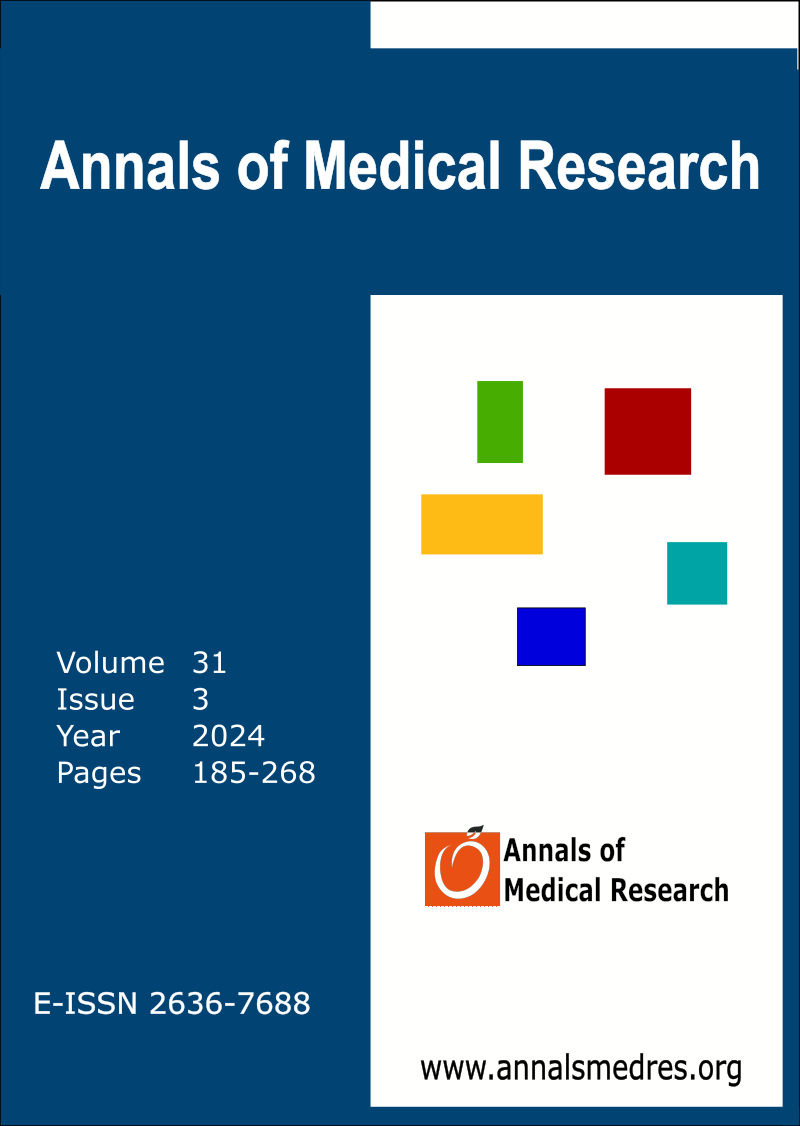Comparison of the changes in blood carboxyhemoglobin and bilirubin levels and their effects on neonatal hyperbilirubinemia in neonates born by cesarean section versus vaginal delivery
Keywords:
Carboxyhemoglobin, Neonatal hyperbilirubinemia, Birth anesthesiaAbstract
Aim: The study aimed to investigate whether there are differences in carboxyhemoglobin, bilirubin and hemoglobin values of neonates born by normal spontaneous vaginal birth (NSVD) (without anesthesia) and elective spinal cesarean section (CS) and its effect on neonatal jaundice.
Materials and Methods: A total of 110 healthy neonates without any risk factors for neonatal hyperbilirubinemia were included in the study. There were fifty-five neonates in both NVSD and spinal CS groups. COHb, bilirubin and Hb values which were measured from umbilical cord blood (as cord) and capillary blood taken from the heel 4-6 hours after birth (as post cord) were recorded.
Results: No statistically significant difference was found between the groups in terms of birthweight, maternal age, APGAR scores, and gender (p>0.05). There was a statistical difference between the groups according to the mean of gestational age, and it was observed that the mean of gestational age in spinal CS group was lower than in NSVD group (38.30±1.2 and 39.16±1.39 respectively) (p=0.001). Umbilical cord COHb levels in spinal CS group were higher than in NSVD group, but there was no statistically significant difference between groups (1.01±0.15 and 0.99±0.20 respectively, p=0.22). Furthermore, the differences between groups in term of mean of bilirubin and Hb levels in cord and post cord were not statistically significant (>0.05). But, it was determined that post cord COHb levels were higher than in NVSD group, and this difference was statistically significant (p=0.028). Additionally, it was found that the mean rank of COHb, bilirubin, and Hb in cord and post cord values were statistically significantly different between the groups (p < 0.05).
Conclusion: It should be kept in mind of that the anesthetic agent may also be a factor in bilirubin increases that occurs in neonatal hyperbilirubinemia without an underlying risk factor.
Downloads
Published
Issue
Section
License
Copyright (c) 2024 The author(s)

This work is licensed under a Creative Commons Attribution-NonCommercial-NoDerivatives 4.0 International License.
CC Attribution-NonCommercial-NoDerivatives 4.0






